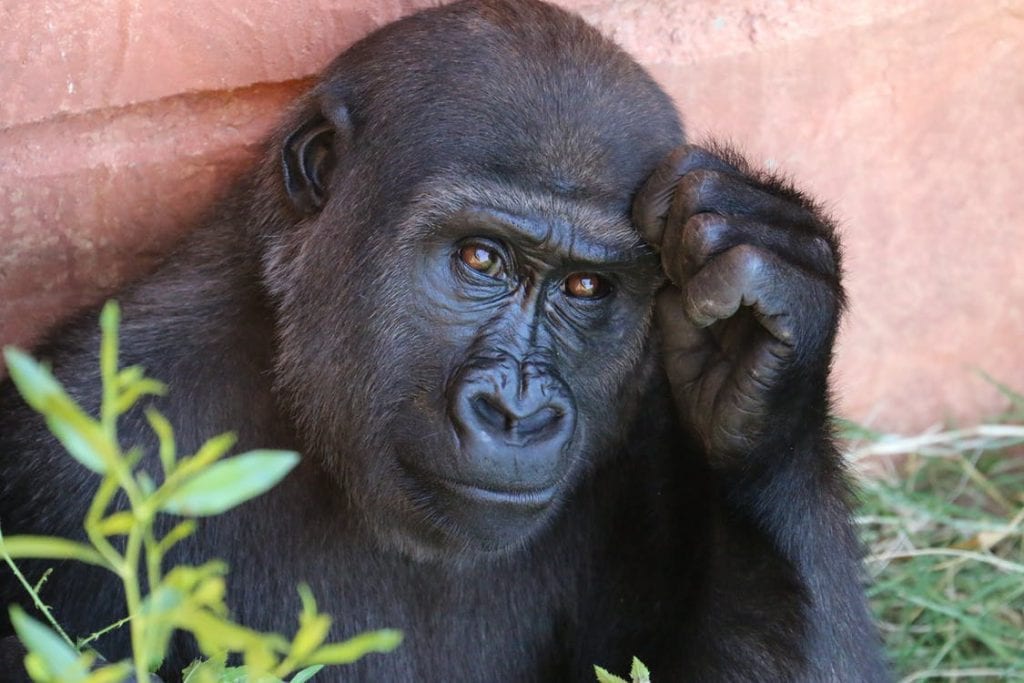 Most of us can relate to a love of animals. We’ve always had a favorite animal – or, a more recent trend, discovered our “spirit animal.”
Most of us can relate to a love of animals. We’ve always had a favorite animal – or, a more recent trend, discovered our “spirit animal.”
But did you know that more than 23,000 animal species are identified as threatened with extinction, according to the IUCN Red List of Threatened Species? Animals that we know and love have populations that are rapidly decreasing, and many of them are losing their natural habitats. Even surprising species like bumblebees are now considered endangered.
Sadly, the list of species in danger is lengthy and growing. Today, May 19, is Endangered Species Day, which provides a moment for individuals to heighten their awareness of dwindling animal populations and a unique opportunity for brand communicators to research, reflect and better understand how their companies can get involved. It’s no secret that today’s consumers are more likely to buy from brands with social impact initiatives and as the Ketchum Return on Purpose study noted, retailers and manufacturers agree that purpose-driven work is important to their company today (94 percent and 98 percent of those surveyed, respectively) and expect it will increase over the next two years (93 percent surveyed for both). From creating authentic strategic partnerships and showcasing the value of supporting social issues, to reaching new audiences and consumers, communicators can contribute to this cause in a number of ways.
Here are four ways your brand can harness its inner spirit animal to help save our wildlife:
- Select a species.
There may be a natural fit to support a specific species. For example, Toys R Us has had Geoffrey the Giraffe as an official “spokes-animal” since 1957, and has leveraged opportunities to champion Geoffrey’s fellow giraffes. The choice may not be as obvious for your company; think of your values and/or products and any species that may be directly impacted by your backing. - Address conservation more broadly.
Support animal conservation as a cause through financial support, employee volunteerism or education programs. For example, many are aware of the shoe company Toms’ philanthropic efforts in matching shoe purchases for children in need – but the brand also partners with nonprofit animal conservation organizations to increase awareness and support for animal protection around the world through their Toms Animal initiative and product lines. - Align with partners who share the same purpose.
A number of organizations are already tackling this cause and appreciate the help of strategic partners. For example, conservation and conservation education is a key part of the mission of the Association of Zoos and Aquariums (AZA). AZA-accredited zoos and aquariums spend $160 million annually on field conservation efforts and support more than 2,600 projects in 130 countries. An existing project spearheaded by these organizations may be the perfect opportunity for your brand to communicate your passion for this topic to consumers, with an added benefit of reaching new audiences who are also committed to saving endangered species. - Showcase authentic impact.
Don’t forget to ground your philanthropic efforts and partnerships with clear business and social impact goals to capture the results. Truly authentic, purpose-driven initiatives exceed business, communications and reputational objectives – and achieve so much more.
However you choose to participate, don’t miss the opportunity to help bumblebees, lions and everything in between. We all love and care about animals, and we “otter” be doing our part to help save them.


